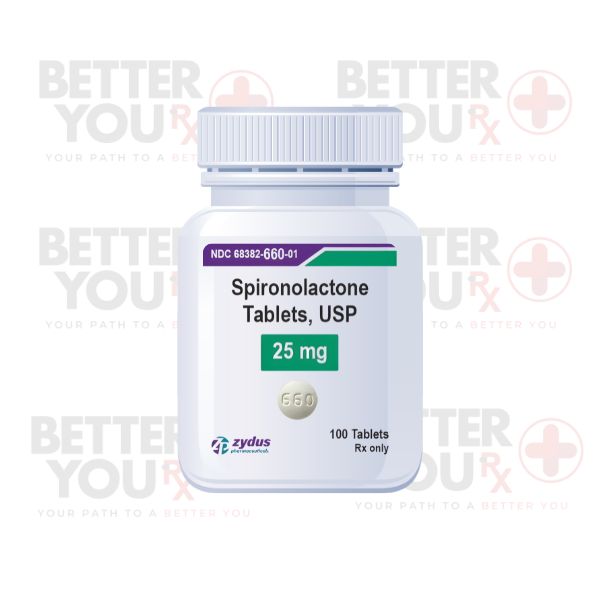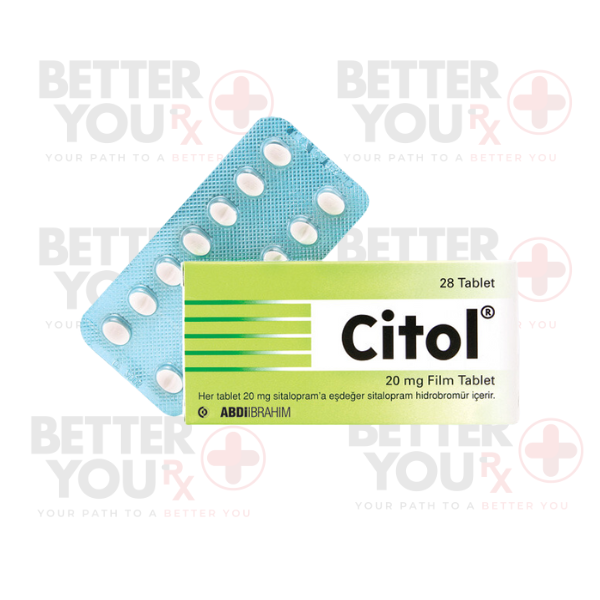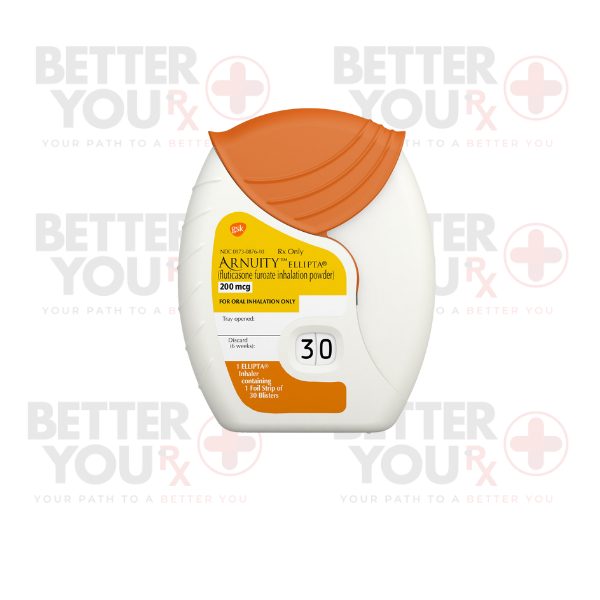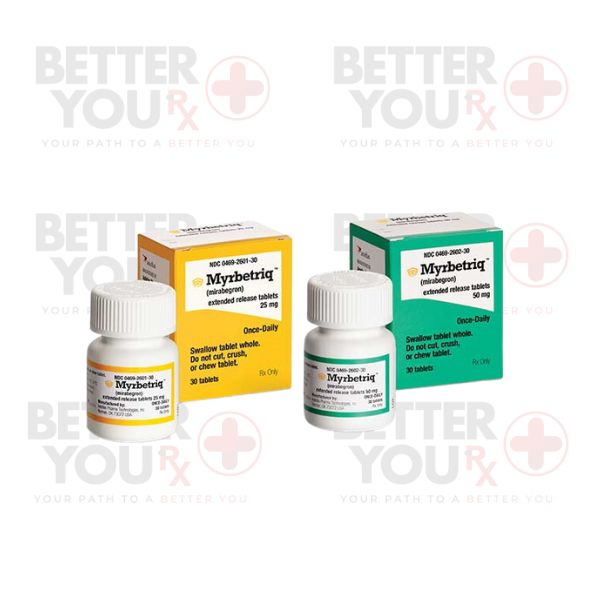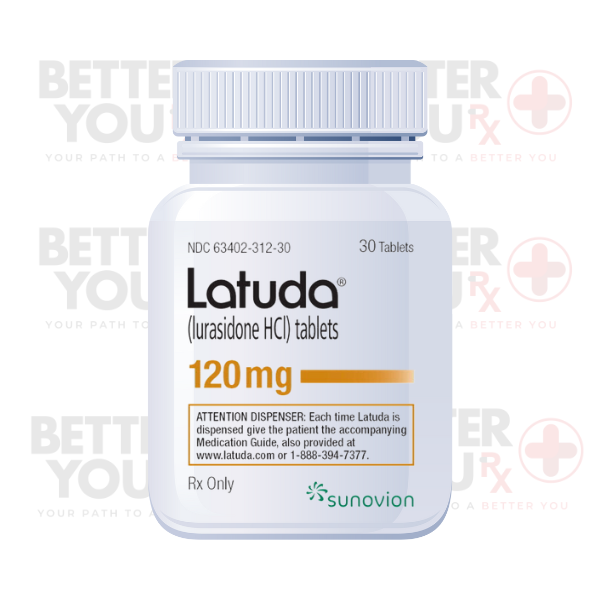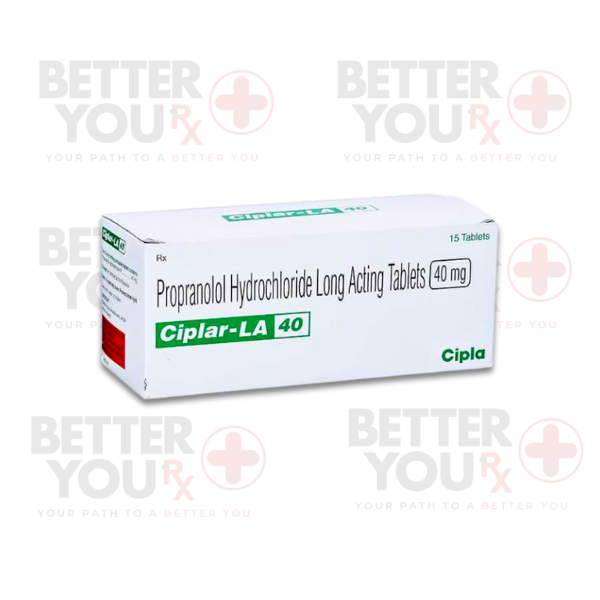Indications:
● Management of primary hyperaldosteronism.
● Use as an adjunct in the treatment of congestive heart failure, cirrhosis of the liver accompanied by edema and/or ascites, nephrotic syndrome, and hypertension.
● Prevention of hypokalemia or treatment of hypokalemia when other measures are considered inappropriate or inadequate.
● Off-label use for acne vulgaris, hirsutism, and PCOS-related symptoms.
Administration Guidelines:
Dosage:
● The dosage varies by indication but typically starts at 25-100 mg daily. The dose may be adjusted based on therapeutic response and the presence of side effects.
Method of Administration:
● Oral administration is the intended route for Spironolactone. It can be taken with or without food.
Dosage Form:
● Tablets are the common form of Spironolactone, with various strengths available, including 25 mg, 50 mg, and 100 mg.
Safety Preclusions
Pregnancy and Breastfeeding:
● Spironolactone is classified under Federal Health Authority pregnancy category C and should be used during pregnancy only if the potential benefit justifies the potential risk to the fetus. It is unknown if spironolactone is excreted in human milk; therefore, caution should be exercised when administered to nursing mothers.
Long-term Use:
● Continuous long-term use of Spironolactone requires monitoring of serum electrolytes regularly due to the risk of hyperkalemia and other electrolyte imbalances.
Drug Interactions:
● Spironolactone has the potential to interact with various drugs, including
|

